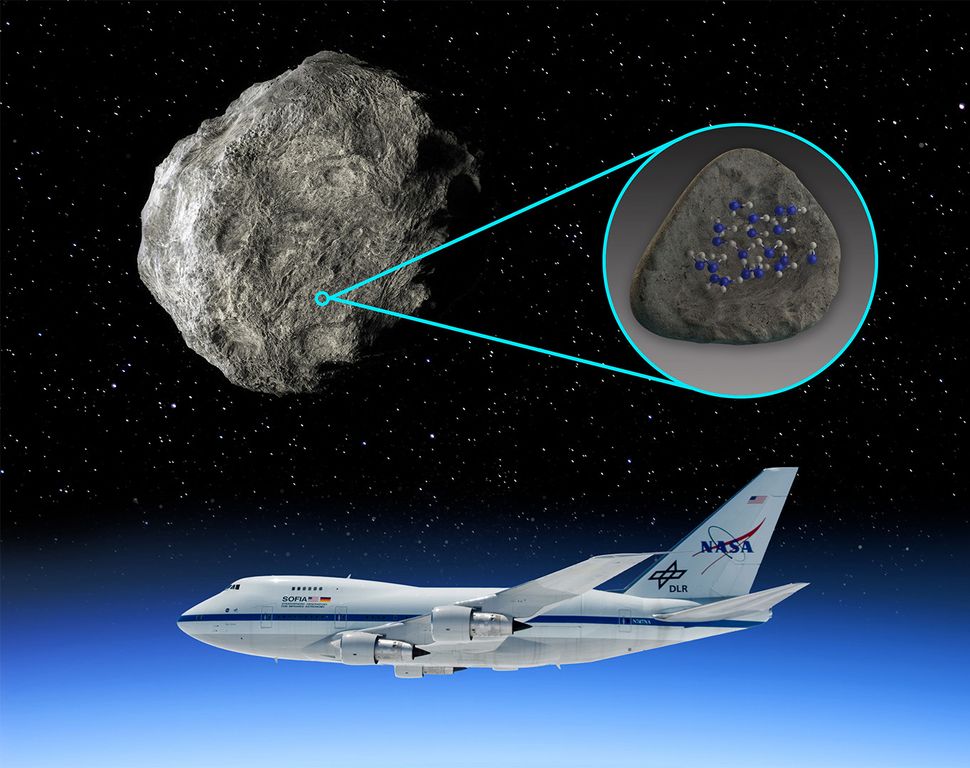First-ever water molecules found on asteroid surfaces, hinting at Earth’s water origins!
Key Takeaways
- Water molecules have been detected on the surface of asteroids Iris and Massalia.
- This groundbreaking discovery was achieved using SOFIA’s infrared observations.
- The findings suggest silicate-rich asteroids closer to the Sun may conserve water over time.
- The water is likely bound to minerals, similar to the water found on the Moon.
- Asteroids might have played a key role in delivering water essential for life on Earth.
___________
Evidence of Water on Asteroids
For the first time, scientists have detected water molecules on the surface of asteroids in space. Using data from the now-retired Stratospheric Observatory for Infrared Astronomy (SOFIA), researchers studied four silicate-rich asteroids and confirmed the presence of water molecules on two of them—named Iris and Massalia. The findings, led by Anicia Arredondo of the Southwest Research Institute (SwRI), provide new insights into the distribution of water across the solar system and its potential origins.
SOFIA’s Role in the Discovery
SOFIA, a NASA and German Aerospace Center project, carried a powerful infrared telescope aboard a modified plane. Observations were conducted with its Faint Object InfraRed Camera (FORCAST), which detected specific wavelengths of light indicating water molecules. This approach built on SOFIA’s earlier success in finding molecular water on the Moon’s sunlit surface.
The asteroids’ water abundance was found to be comparable to the Moon’s, with water either bound to minerals or adsorbed in silicate. These molecules are remnants from the planetary formation era, offering clues about how water was distributed in the early solar system.

Iris and Massalia: Key Details
Iris and Massalia, measuring 124 miles (199 km) and 84 miles (135 km) in diameter, respectively, orbit an average of 2.39 astronomical units (AU) from the Sun. This places them closer to the Sun than icy objects typically found farther out. Traditionally, scientists believed any water near the Sun would evaporate, but the findings challenge this assumption.
The research suggests that silicate-rich asteroids like Iris and Massalia can conserve water molecules over billions of years, even within the inner solar system.
Asteroids are considered a primary source of Earth’s water, and understanding their water content helps unravel the origins of life. The discovery supports the idea that some asteroids played a critical role in delivering water to Earth during its formation.
Moreover, mapping the distribution of water in space may guide future searches for habitable environments, both within and beyond our solar system.
This milestone marks a significant step toward understanding the evolution of water in the solar system, showcasing the enduring value of SOFIA’s contributions to astronomy.
Their findings were published in The Planetary Science Journal.




